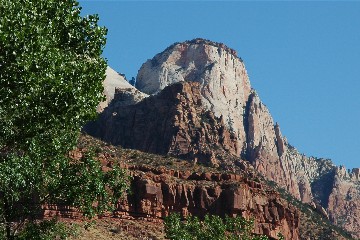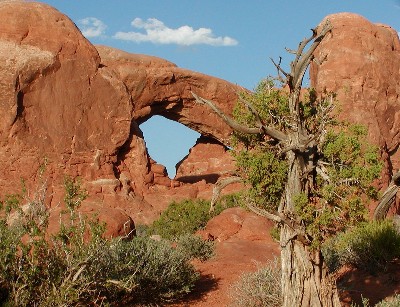… was named in honor of Saint Catherine of Alexandria by Sebastián Vizcaíno on this date in 1602, her feast day. The indigenous Pimungan called their island Pimu.
In 310, Emperor Maximus ordered Catherine broken on the wheel for being a Christian, but she touched the wheel and it was destroyed. She was beheaded, and her body whisked away by angels.
According to The Catholic Community Forum, Saint Catherine is the patron saint of “apologists, craftsmen who work with a wheel (potters, spinners, etc.), archivists, attornies, barristers, dying people, educators, girls, jurists, knife grinders, knife sharpeners, lawyers, librarians, libraries, maidens, mechanics, millers, nurses, old maids, philosophers, potters, preachers, scholars, schoolchildren, scribes, secretaries spinners, spinsters, stenographers, students, tanners, teachers, theologians, turners, unmarried girls, wheelwrights.”
Twenty-six miles across the sea
Santa Catalina is a-waitin’ for me
Santa Catalina, the island of romance
Romance, romance, romance
Water all around it everywhere
Tropical trees and the salty air
But for me the thing that’s a-waitin’ there, romance


